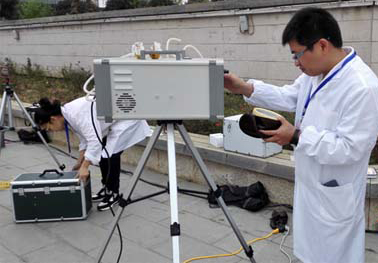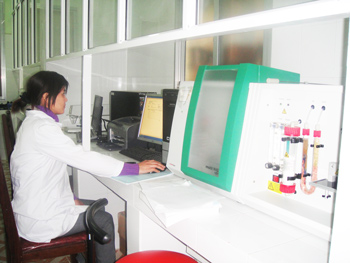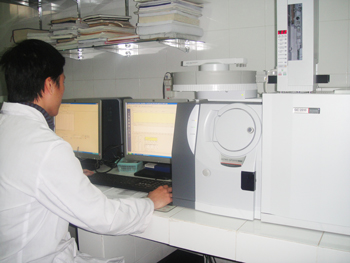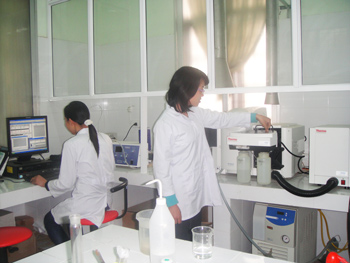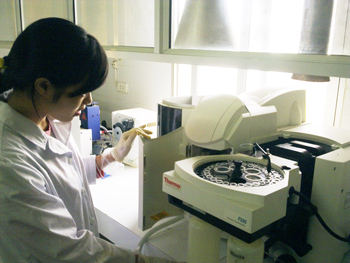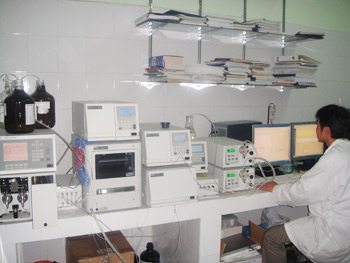University of Arkansas physicists and their colleagues have determined important information about the nanoscale properties of materials called relaxors, which can be used in electronic devices to change temperature or shape. The discoveries may help maximize efficient use of relaxors to create better medical ultrasound, sensors and heart implants.
University of Arkansas scientists Sergey Prosandeev and Laurent Bellaiche, with A. Akbarzadeh of Rice University, Eric Walter of the College of William and Mary and A. Al-Barakaty of Umm Al-Qura University in Makkah, Saudi Arabia report their findings in Physical Review Letters.
You can find the materials known as relaxors in many everyday appliances, in life-saving heart implants and in most sensors. But despite their wide use, "we still didn't have a realistic theory of how these things work," Prosandeev said.
Transitions in the polarity of relaxors seem disorderly, which would make them difficult to control. However, Prosandeev and his colleagues wondered if order might lie beneath the disorder.
The researchers performed calculations on a certain type of relaxor, barium zirconium titanium oxide, Ba(Zr,Ti)O3. They found that the relaxor stopped being polarized at higher temperatures. Meanwhile, the material developed nanoregions with the same polarities at lower temperatures. They also showed that this happens because of competition between opposite effects, such as differences in the way titanium ions and zirconium ions want to move or stay in non-polar positions. Another struggle between opposites involves ferroelectric interactions at short distances versus antiferroelectric interactions at larger distances between the titanium atoms. At low temperatures, the changes in position of titanium atoms are parallel to each other within small polar nanoregions. At higher temperatures, the changes in position of titanium atoms are mostly random, which make the polarity disappear.
The researchers also resolved a long-standing controversy about the role of these random polar nanoregions in relaxors. Using their model, they could switch off and on the random fields and examine their effect on the properties of the material. They found that, contrary to what scientists thought previously, turning off random fields did not affect the relaxor's behavior at different temperatures.
Understanding these properties will allow researchers better control over the materials' properties, which will in turn make for better materials for everyday life.
Source: sciencedaily.com


 English
English Vietnamese
Vietnamese

